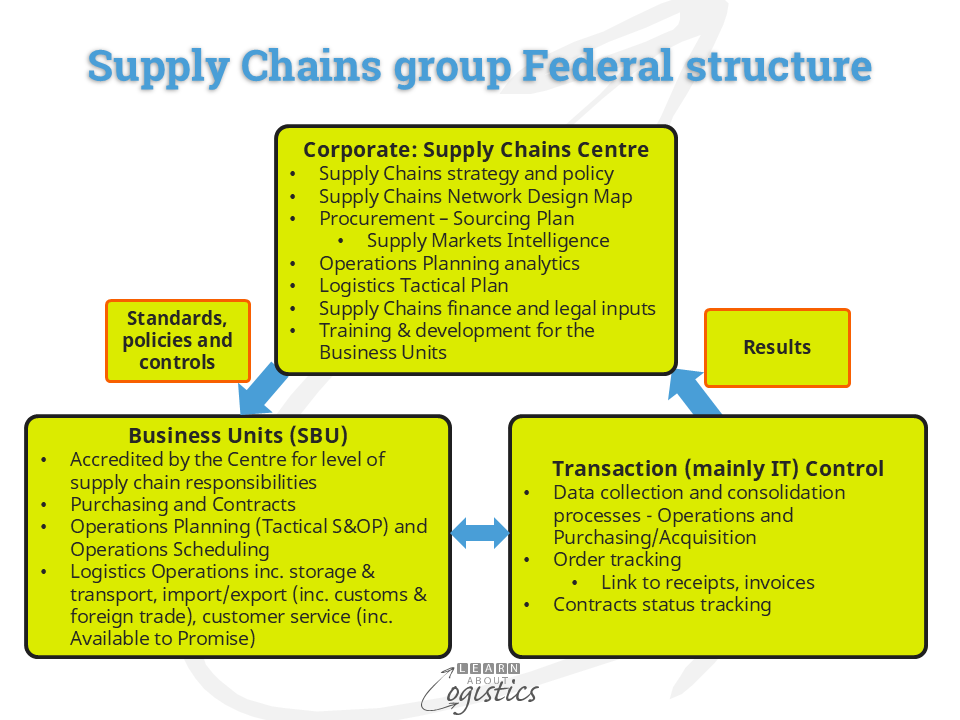Analysis of supply markets is needed
Disruptions to supply markets can occur at any time and not always with warning signs. It is likely there will be increasing supply disruptions due to climate change events and heightened geopolitical tensions, and these are less likely to be one-off events.
With the global trading situation containing multiple risks, Procurement professionals must be aware of changing situations concerning categories of supply inputs, geographical areas or individual countries. Not understanding the capability to supply of your organisation’s core and extended supply chains is a risk to the business of ‘things going wrong’, that can influence an organisation’s buying decisions.
An increased emphasis of Procurement must therefore be the analysis of supply markets for inbound supply items, which includes: risk of non-supply; reliability of supply, location (of supply facilities and input materials), visibility of actions and sustainable processes. This is to manage external risks for the business.
Category Management has value
The analysis of supply markets for materials and services and the process of relating to suppliers in a market is a concept developed in the early 1980s under the term Category Management. This is not an additional step in the Procurement process, instead provides an analysis as input to a sourcing plan for an item, to achieve the lowest ‘total cost of ownership’ (TCO). Considering the total process, TCO may identify a higher cost step in a supply chain that reduces costs elsewhere. The analysis is supported by facilitating discussions concerning needs and what is ‘fit for purpose’, with internal users and customers for the finished products. Also with Finance and Legal concerning options concerning acquisition of the item.
As defined, Category Management was suitable for large (typically global) businesses, willing to invest in areas of expertise and analysis. Although the objectives for Category Management can differ between organisations, for many smaller organisations the approach has not been implemented in a comprehensive way and therefore not delivered the expected returns. To rebadge purchasing specialists as ‘category managers’ does not provide many advantages for a business, as only focussing on the aggregate spend and market testing to achieve lower prices misses other opportunities to reduce the total spend.
Centre-Led Action Network (CLAN)
To improve Procurement analysis and decisions, a Federal organisation structure for Procurement was promoted in the early 1990s under the title of Centre-Led Action Network (CLAN). It was designed for organisations of any size with dispersed activities at locations that were provided with local autonomy within one country or across a number of countries.
This structure enables the ‘doing’ of purchasing to remain at the local level, but with each activity connected to the centre for co-ordination and guidance of actions. Also, the Centre is responsible for consolidation and analysis of transaction data, establishing standards and processes, training, career development, business strategies and promotion of the discipline to senior management and the organisation.
At the time, it was identified that this structure could be applied where Procurement, Operations Planning and Logistics are brought together within the Supply Chains group of an organisation, as shown in the diagram

Establishing a Supply Chains group has become more necessary, with increased uncertainty and changing trade policies by countries. This is compounded by decisions of businesses concerning onshoring, nearshoring and ‘friend’-shoring production, together with multi-sourcing and near-sourcing of supply that requires co-ordinated logistics to work within a complex structure.
Category Management in CLAN
Within the CLAN structure, Category Management can be implemented within the Centre’s responsibilities, but without a large investment in people and processes. It then becomes a part of the toolset used by the Supply Chains group that includes the Supply Chains Design Map, Supply Markets Intelligence and Spend-Risk Positioning Analysis.
It is necessary that the supply chain of a Category is defined within the Supply Chains Design Map so that supply risks, including supply market and process are identified and actions identified to mitigate risks. Although the term ‘strategic sourcing’ is increasingly used, most sourcing exercises are not strategic, because in only a few circumstances are the risks associated with a buy critical to an organisation. Therefore sourcing plans are generally structured at the locations.
The aim of the Centre team is to create an environment whereby actions by the Supply Chains group at the operational locations are successful. For Category Management the Centre should:
- Engage with parts of the organisation (the stakeholders) to agree and establish the business and user needs for a Category of supply
- Share structured data and information with functional groups on an agreed ‘need to know’ basis, at decision stages in a Category plan. Stages will include:
- analysis of the Category’s supply market and economic drivers
- risk analysis, identifying uncertainties within and surrounding a supply market and mitigation actions proposed
- Sustainability analysis must be a part of the process, as buying and selling companies can use it to leverage and make trade-offs in contract negotiations and decisions
- Evaluate the outcomes between long-term supplier development, total cost of ownership (TCO) and possible short-term cost savings
- item requirements, supplier selection and supplier evaluation criteria
- sourcing tactics and the approach to supplier relationship, based on the ‘spend-risk’ positioning matrix
- Measure ‘success’ of a Category sourcing plan. Account for changes to specifications and changes in demand patterns that can impact cost elements within a supply contract
The role for Procurement at the Centre is to build collaboration with critical Tier 1 suppliers and develop relationships to understand the supply markets on which the organisation relies. These are not the objectives when Procurement reports through Finance. With professionals at the Centre active across many roles, the activity of Category Management can be blended into Supply Markets Intelligence, providing a more consistent way of thinking about the approach, including supplier relationship development.
To demonstrate effectiveness of the structure, the Centre must lead the strategies for change in relation to supply markets, suppliers and internal processes. To gain attention requires that a Centre-Led Procurement team is 3-4 knowledgeable people. A Centre-led facility for a Supply Chains group in a multi-SBU business should therefore be no more than 6-8 professionals, maybe up to 10.

